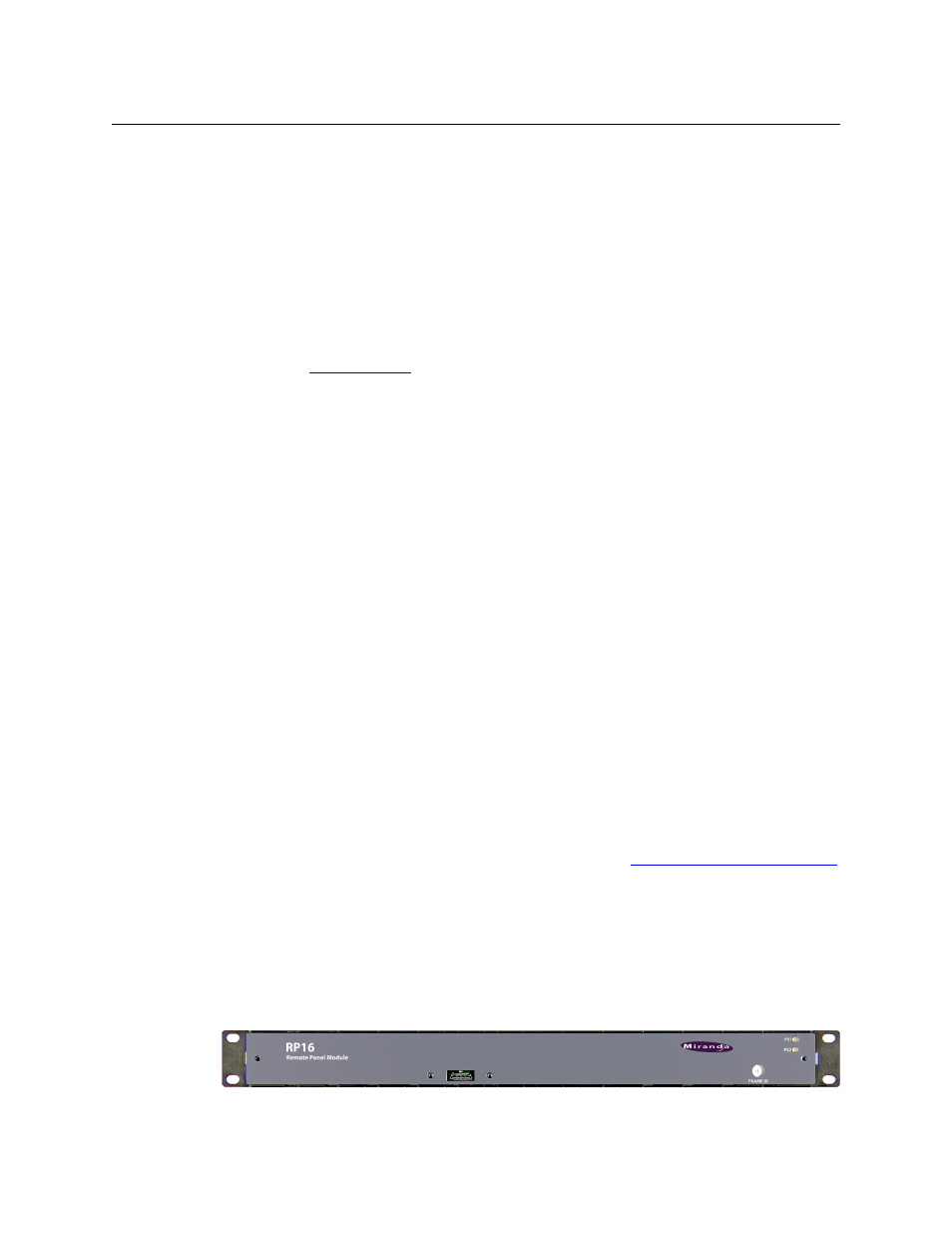The remote panel modules – Grass Valley CR Series v.3.2 User Manual
Page 36

24
Introduction
Overview
In stand-alone systems, a CP3232 has 32 source selection buttons, 32 destination selection
buttons, the 2 lock buttons shown, and 4 level selection buttons (as shown).
In a CRSC system, all buttons except the lock buttons (shown) are configurable. In an NV9000
system, all buttons are configurable, including the lock buttons.
You can mount a 2RU panel on any 2RU router or remote panel module.
Except under NV9000 control, all control panels have two lock buttons (at the top right):
•
Panel Lock. Protects the state of the entire panel.
•
Destination Lock. Protects one or more destinations.
Buttons are not labeled at the factory. If you want button legends, you must create your
own. See
on page 74.
A panel’s buttons have color: green, amber, red. In a CRSC system, the colors green and amber
have no particular meaning. In a CRSC system, the labels ‘Source’ and ‘Dest’ that you see on the
panel front also have no particular meaning. Any button, regardless of color or position—
except for the lock buttons
—
can be a source, a destination, or have any assignable function.
In stand-alone systems, green means source and amber means destination and the labels
‘Source’ and ‘Dest’ do have meaning. The group of buttons labeled ‘Source’ are (green) source
buttons and the group of buttons labeled ‘Dest’ are (amber) destination buttons.
In CRSC or NV9000 systems, the color of the button means little.
Buttons go high-tally (bright) when selected (pressed) and remain low-tally (dim) when they are
not selected.
For all but machine control routers, source buttons represent inputs and destination buttons
represent outputs. For machine control routers, a port is both an input and an output. Source
button n and destination button n both represent port n.
The function buttons vary in color.
•
Unused function buttons are not illuminated.
•
The panel lock button, normally low-tally green, goes high tally red when the panel is
locked.
•
The destination lock button, normally amber, goes high tally red when the currently selected
destination is locked. When a destination is locked, the destination button goes high tally
red as a warning if you press it. The button color of locked destinations varies with the type
of system.
Operating a control panel is usually very simple. See Chapter 5,
Operating a Stand-Alone Router
The Remote Panel Modules
Like the routers, the remote panel modules are slim (35 mm or 1.38”). Except that they have no
I/O connectors and no video reference connectors, remote panel modules are virtually the same
size and shape as the routers.
Figures 2-30 through 2-33 show front and rear views of the remote panel modules:
Fig. 2-30: Front View of the RP16 Remote Panel Module
